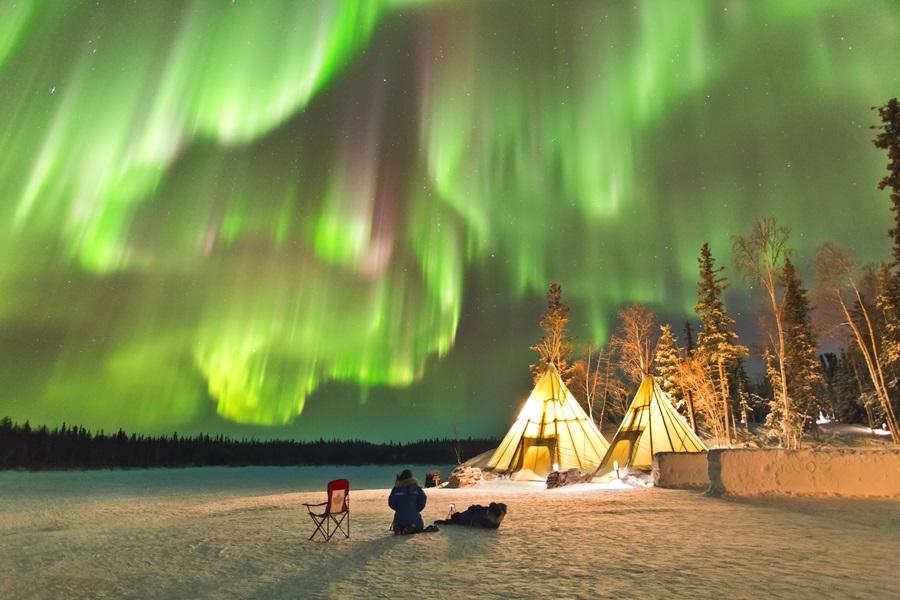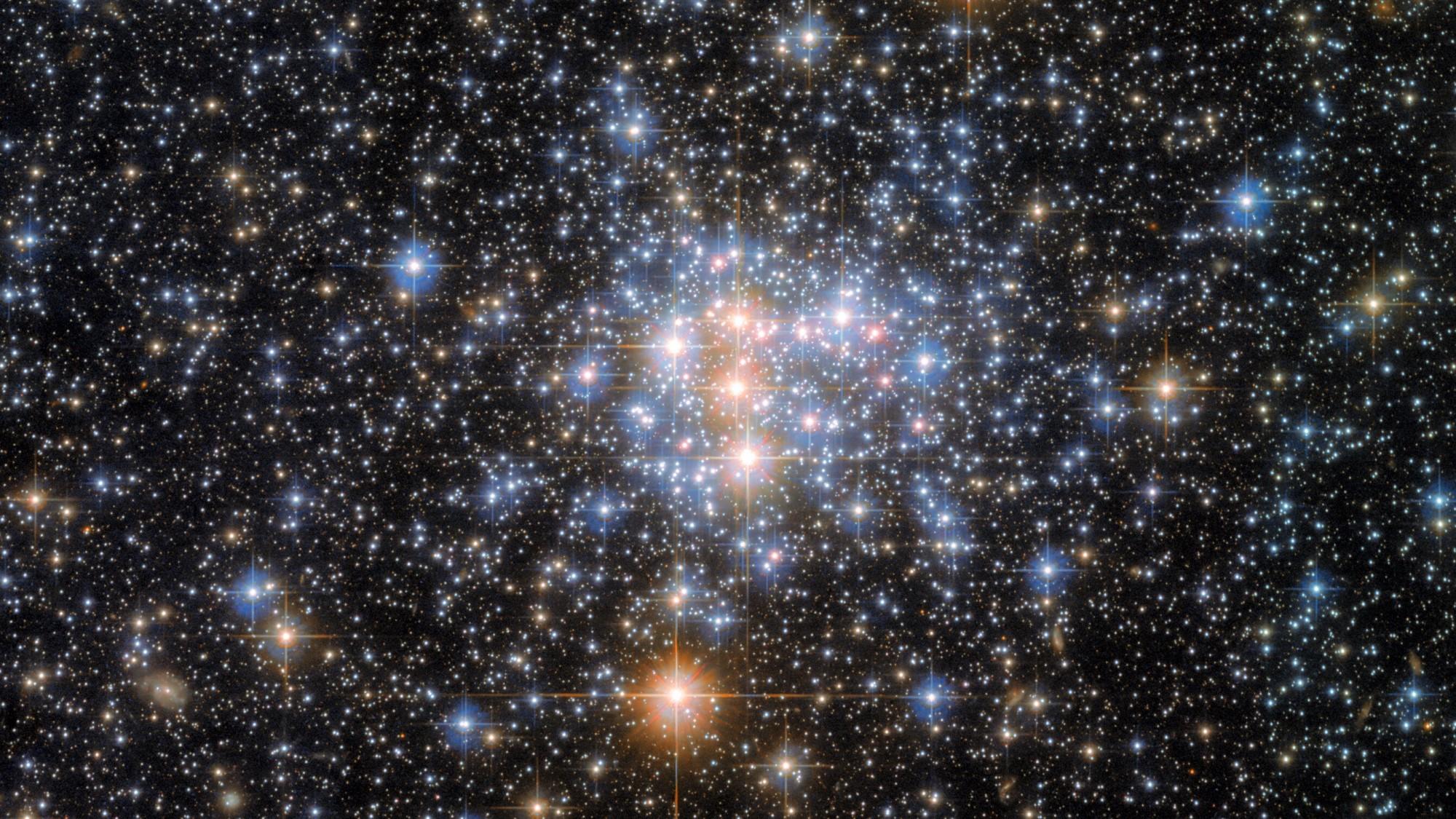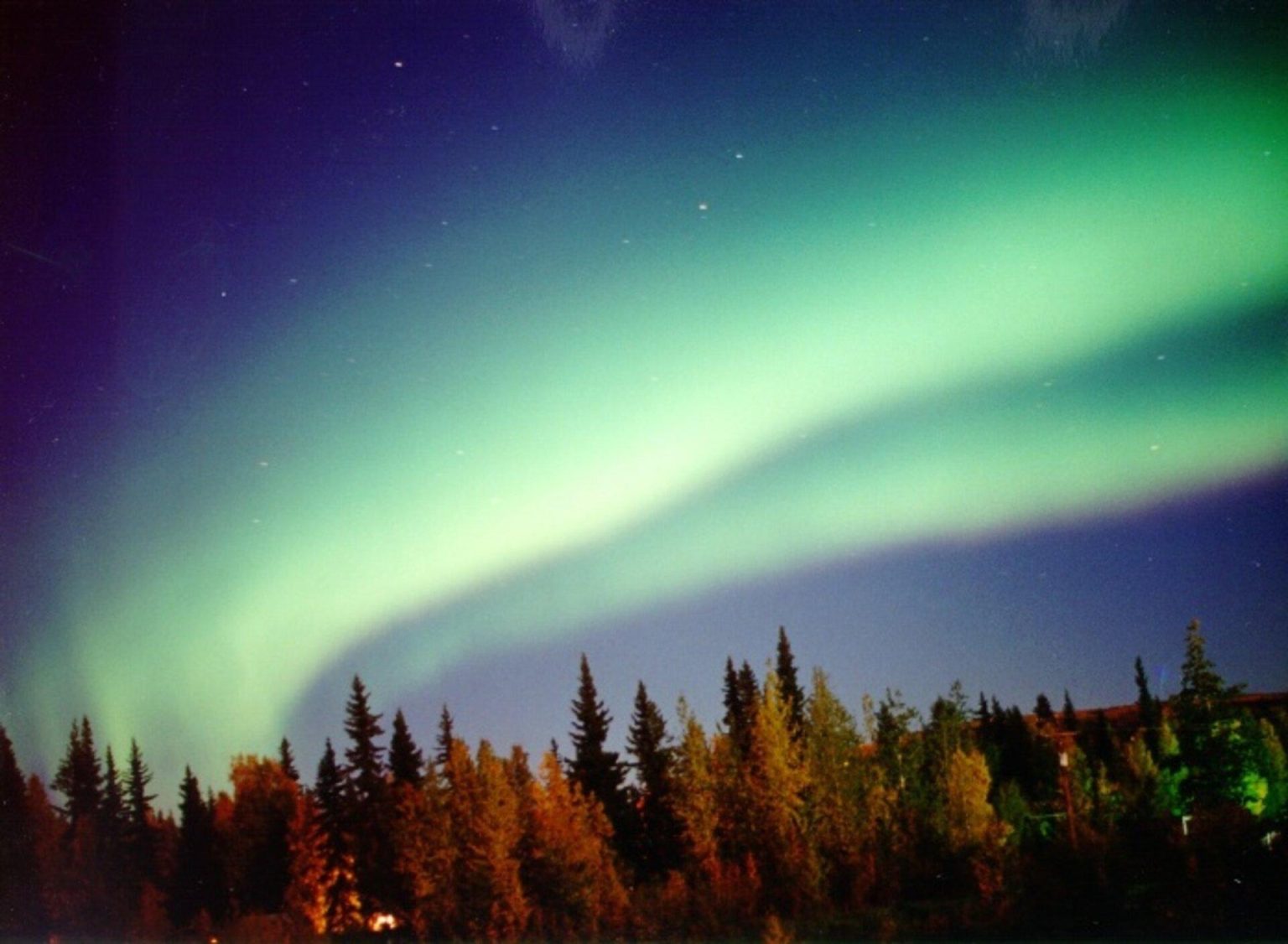From the whispering hues of the Arctic skies to the enigmatic shadow dances of celestial bodies, our planet presents a breathtaking panorama of natural phenomena that captivates the human spirit. Nature’s majestic canvas stretches far beyond the ordinary, transforming the heavens into a display of awe-inspiring beauty that leaves even the most seasoned traveler speechless. In this exploration, we journey through the ethereal glow of auroras that paint the night with vibrant greens and purples, delving into the science and folklore that accompany these atmospheric wonders. We’ll also traverse the path of solar and lunar eclipses, where the sun and moon engage in a celestial ballet, igniting a sense of wonder as day turns to twilight in an instant. Join us as we unravel the mysteries, myths, and mesmerizing science behind these breathtaking spectacles, revealing how they unite us in our shared appreciation of the natural world.
Table of Contents
- Understanding the Science Behind Auroras and Eclipses
- Optimal Locations for Spectacular Celestial Viewing Experiences
- Capturing Natures Wonders: Photography Tips for Auroras and Eclipses
- Environmental and Cultural Significance of Celestial Events
- Key Takeaways
Understanding the Science Behind Auroras and Eclipses

The dance of light known as auroras captivates onlookers with their vibrant displays, but these phenomena are rooted in the complex interactions between solar wind and Earth’s magnetic shield. When charged particles from the sun collide with the gases in Earth’s atmosphere, primarily oxygen and nitrogen, they produce stunning visual effects. These interactions create a spectrum of colors that range from shimmering greens to deep reds and purples, often forming dynamic shapes like curtains, rays, and spirals. Auroras are commonly observed in polar regions, where the magnetic field lines converge, allowing more particles to penetrate the atmosphere. The most remarkable spectacles can be credited to intense solar activities, such as solar flares and coronal mass ejections, which release large bursts of solar wind that ignite these ethereal displays.
| Type of Aurora | Color | Common Location |
|---|---|---|
| Aurora Borealis | Green, Red, Purple | North Pole Region |
| Aurora Australis | Pink, Yellow, Red | South Pole Region |
Eclipses, on the other hand, present a celestial ballet of alignment involving the Earth, Moon, and Sun. A solar eclipse occurs when the moon passes between the Earth and the Sun, casting a shadow on the Earth and momentarily obscuring the Sun’s brightness. Conversely, a lunar eclipse takes place when the Earth positions itself between the Sun and the Moon, allowing Earth’s shadow to envelop the moon, often bathed in a striking copper hue. These events signify not just beautiful artistry in the sky but are also critical for scientific study, allowing researchers to investigate solar atmospheres and the Moon’s surface dynamics. Observers often plan viewing parties, equipped with safe glasses or sophisticated telescopes, to witness these fleeting moments that remind us of the grandeur of our cosmic neighborhood.
Optimal Locations for Spectacular Celestial Viewing Experiences

For those eager to unearth the beauty of the cosmos, certain locations around the globe stand as beacons of starlit wonder. The northern reaches offer optimal chances to witness the enchanting Aurora Borealis. Regions like Iceland, Norway, and the Canadian Arctic are renowned for their breathtaking displays, where swirling green and purple lights dance across the polar sky. In the southern hemisphere, Antarctica and regions of New Zealand provide stunning views of the Aurora Australis. Here, visitors can experience the solitude of vast, open landscapes under a canvas illuminated by nature’s most spectacular show.
Beyond auroras, the phenomenon of solar and lunar eclipses draws sky-watchers to specific vantage points. Places like the U.S. Great Plains and parts of South America serve as prime locations for observing these celestial events. The following are essential considerations for epic eclipse viewing:
| Location | Best Viewing Time | Accessibility |
|---|---|---|
| Great Plains, USA | Summer Months | Well-connected by highways |
| Chile | Mid-Year Eclipses | Easy access to remote observatories |
| Patagonia | Winter Eclipses | Challenging but rewarding |
With diverse terrains and majestic skies, these destinations promise not only stunning views but also a deeper connection to the rhythms of our universe. Whether it be the twinkling stars of a clear high-altitude night or the celestial ballet of an eclipse, every moment spent in these extraordinary locations becomes a cherished memory etched against the backdrop of nature’s grandeur.
Capturing Natures Wonders: Photography Tips for Auroras and Eclipses
When venturing out to capture the ethereal beauty of auroras, preparation is essential. Timing is crucial; research solar activity forecasts and plan your outing during peak viewing conditions. Dress warmly in layers and scout for locations away from artificial lights to truly immerse yourself in nature’s spectacular display. Equip your camera with a sturdy tripod to ensure stability during longer exposures, and remember, a wide-angle lens is your best friend as it allows you to capture the vastness of the sky. Key tips include:
- Use a low ISO setting (typically 800-1600)
- Set a wide aperture (f/2.8 or lower)
- Experiment with exposure times (10-30 seconds for most settings)
Eclipses present a different yet equally stunning photography challenge. Protecting your gear is paramount; use solar filters designed for your camera to prevent lens damage during the powerful solar phases. No one wants to miss the captivating moments of totality! For optimal results, consider using a telephoto lens to capture detailed features of the moon and sun. Prepare ahead of time by practicing settings during daylight to cement your familiarity. Here’s a simple table to visualize some key aspects:
| Aspect | Details | Tips |
|---|---|---|
| Location | Open area with minimal obstruction | Scout the spot before the event |
| Filter | Solar filter for lens protection | Test the setup prior |
| Timing | Track phases of the eclipse | Have backup plans for weather changes |
Environmental and Cultural Significance of Celestial Events
Celestial events such as auroras, solar eclipses, and meteor showers do not merely dazzle observers with their beauty; they also embody significant environmental and cultural aspects. Various cultures throughout history have crafted their beliefs and practices around these phenomena. For instance, many Indigenous tribes in North America view the northern lights as sacred spirits dancing across the sky, firmly embedding these natural wonders into their cultural narratives and social rituals. The environment, too, plays a crucial role; these events often signal shifts in seasons or weather patterns, influencing agricultural practices and community planning across generations.
Moreover, the ecological implications of celestial events extend into modern scientific research and environmental conservation. Understanding the atmospheric conditions required for auroras can aid climatologists in studying climate change and mapping environmental changes over time. In addition, these phenomena are increasingly recognized for their potential to boost eco-tourism. The following table highlights some key celestial events and their cultural significance:
| Event | Cultural Significance |
|---|---|
| Auroras | Regarded as spirits or divine beings in various Indigenous cultures. |
| Solar Eclipses | Considered auspicious or omens predicting significant life changes. |
| Meteor Showers | Thought to represent wishes or messages from the gods in many traditions. |
Key Takeaways
As we draw the curtains on our exploration of nature’s majestic canvas, we are reminded of the profound beauty that graces our skies. From the ethereal dance of auroras to the breathtaking spectacle of eclipses, each phenomenon invites us to pause, reflect, and marvel at the wonders of the universe. These celestial events serve as a reminder of our connection to the cosmos, igniting a sense of curiosity and reverence for the world around us.
The grandeur of nature unfolds in moments of stillness and awe, igniting our imaginations and inspiring future generations to look up and dream. As we conclude our journey through these breathtaking displays, let us carry with us the sense of wonder they evoke, nurturing a deeper appreciation for the planet we inhabit and the celestial phenomena that leave us spellbound. In every flicker of light and shadow, nature tells a story—one that continues to unfold above us, waiting to be experienced time and again.



